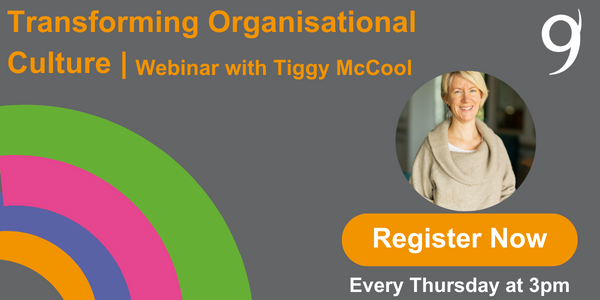Whilst at Digital Transformation Week, I attended a panel event with Gilda Leicer Avila, Senior Manager Future Skills Development, Liberty Global, Den Carter, Head of Group Employee Communications, BAE Systems and moderated by Magnus Falk, CIO Advisor EMEA, Zoom. The panel offered lots of strong advice on the employee experience and organisational culture. Here are my reflections:
The employee experience is no longer just about where you work but if the work you are doing is useful, if it is purposeful work, and how it fits in with others in the organisation. Following the revolution of the global pandemic in shaking up the standards expected in the workplace, shifting from a physical to multidimensional, the workplace continues to evolve. Den eloquently explained: “for decades technology moved at a faster pace than culture but that’s no longer the case”, now technological demands need to keep up.
There were many questions about flexibility and its own evolution into a catch all term. However, numerous data sources confirm that flexibility, or the perception of it, are critical for attraction and retention. The panel had some advice:
· Flexibility should be in the hands of the individual.
· Listening to employees is crucial, making assumptions can be disastrous.
· The ultimate goal is to build trust, between the organisation and the individual but also between colleagues.
Experiment with the concept of anchor days, when teams are all physically present, be they weekly, monthly, or quarterly. However, in a word of warning, it’s always important to consider and articulate the purpose of this “we time”. Without a clear purpose and outcome, even if it is to build social connections, employees can become disengaged and less trusting.
How can your office space be a magnet and not a mandate?
Consider how you will accommodate the neurodiversities and preferences for your team when it comes to policies or initiatives. Time in the office can be both literally and metaphorically noisy as well as impacting on employees’ home and work balance.
Having an agile mindset, celebrating and reinforcing this, is the only way to make this evolution successful.
The power of the induction and onboarding process in setting the tone for the employee experience
Gilda shared her experience of a two part induction. The first being the systems, processes and organisational values etc. The second being a team induction, which serves as “the how” to support “the what” and the intricacies and nuances of the day-to-day that, in themselves, create the team culture.
For Magnus, the key is ensuring that you have used that time to show the employee you are a company that cares about them on an individual level, setting the groundwork for the aforementioned trust building. More often than not, if (and when) technology fails, people will forgive if the human element and connection has been successful. Consider the small acts that form part of the process that can make a big difference. For example, an email in advance of your first day explaining what to expect in that first week can reduce anxiety for the new team member
Other top tips shared by the panel:
- Take a step back and consider the best tool to meet the meeting outcome, Microsoft Teams is not always the answer.
- Consistently sending written summaries of meetings and actions encourages those who just need to be informed, as opposed to contribute, to remove themselves from future meeting attendance.
- How are you educating and developing your leadership to successfully manage meetings? Do they have the skills required to enhance the employee experience?
- And finally, keep your word, stay accountable, keep asking for feedback and showing empathy.
If you are looking for ways to transform your organisational culture and address any issues, get in touch with us for a chat today.



